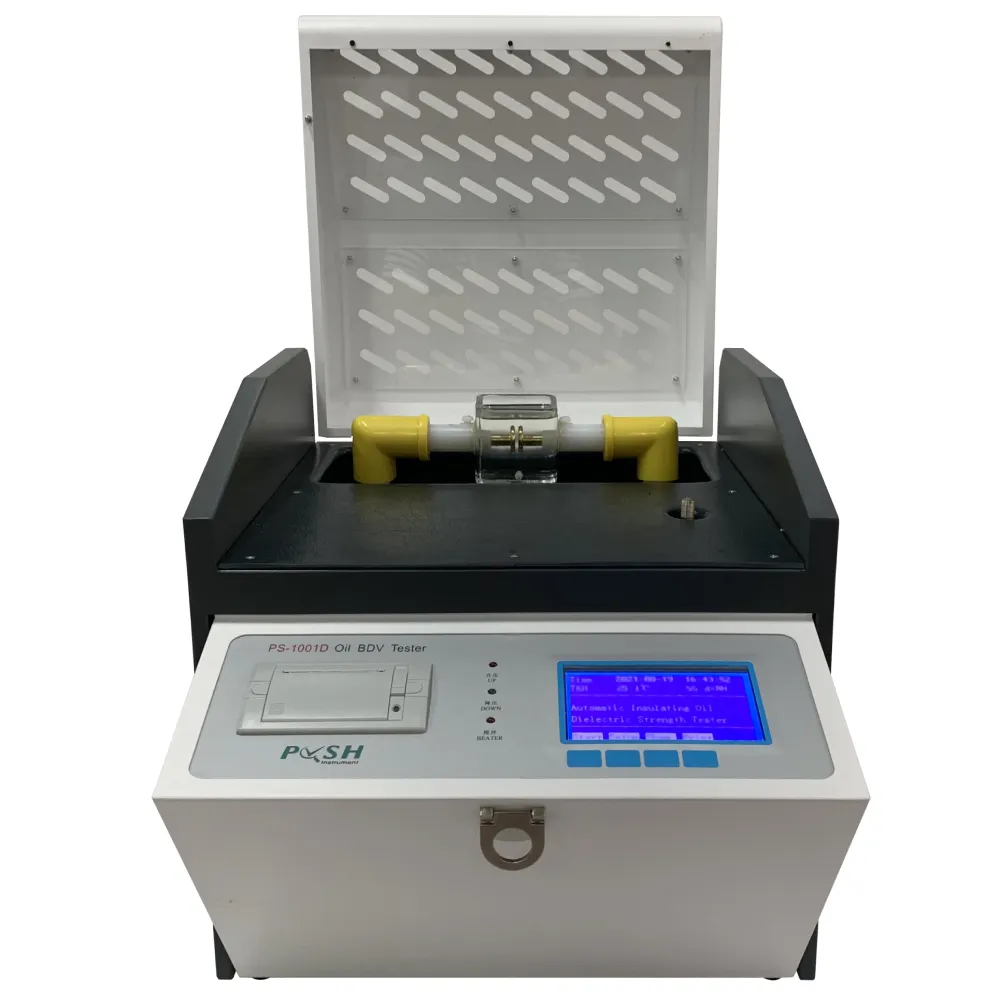 English
English



-
 Afrikaans
Afrikaans -
 Albanian
Albanian -
 Amharic
Amharic -
 Arabic
Arabic -
 Armenian
Armenian -
 Azerbaijani
Azerbaijani -
 Basque
Basque -
 Belarusian
Belarusian -
 Bengali
Bengali -
 Bosnian
Bosnian -
 Bulgarian
Bulgarian -
 Catalan
Catalan -
 Cebuano
Cebuano -
 China
China -
 China (Taiwan)
China (Taiwan) -
 Corsican
Corsican -
 Croatian
Croatian -
 Czech
Czech -
 Danish
Danish -
 Dutch
Dutch -
 English
English -
 Esperanto
Esperanto -
 Estonian
Estonian -
 Finnish
Finnish -
 French
French -
 Frisian
Frisian -
 Galician
Galician -
 Georgian
Georgian -
 German
German -
 Greek
Greek -
 Gujarati
Gujarati -
 Haitian Creole
Haitian Creole -
 hausa
hausa -
 hawaiian
hawaiian -
 Hebrew
Hebrew -
 Hindi
Hindi -
 Miao
Miao -
 Hungarian
Hungarian -
 Icelandic
Icelandic -
 igbo
igbo -
 Indonesian
Indonesian -
 irish
irish -
 Italian
Italian -
 Japanese
Japanese -
 Javanese
Javanese -
 Kannada
Kannada -
 kazakh
kazakh -
 Khmer
Khmer -
 Rwandese
Rwandese -
 Korean
Korean -
 Kurdish
Kurdish -
 Kyrgyz
Kyrgyz -
 Lao
Lao -
 Latin
Latin -
 Latvian
Latvian -
 Lithuanian
Lithuanian -
 Luxembourgish
Luxembourgish -
 Macedonian
Macedonian -
 Malgashi
Malgashi -
 Malay
Malay -
 Malayalam
Malayalam -
 Maltese
Maltese -
 Maori
Maori -
 Marathi
Marathi -
 Mongolian
Mongolian -
 Myanmar
Myanmar -
 Nepali
Nepali -
 Norwegian
Norwegian -
 Norwegian
Norwegian -
 Occitan
Occitan -
 Pashto
Pashto -
 Persian
Persian -
 Polish
Polish -
 Portuguese
Portuguese -
 Punjabi
Punjabi -
 Romanian
Romanian -
 Russian
Russian -
 Samoan
Samoan -
 Scottish Gaelic
Scottish Gaelic -
 Serbian
Serbian -
 Sesotho
Sesotho -
 Shona
Shona -
 Sindhi
Sindhi -
 Sinhala
Sinhala -
 Slovak
Slovak -
 Slovenian
Slovenian -
 Somali
Somali -
 Spanish
Spanish -
 Sundanese
Sundanese -
 Swahili
Swahili -
 Swedish
Swedish -
 Tagalog
Tagalog -
 Tajik
Tajik -
 Tamil
Tamil -
 Tatar
Tatar -
 Telugu
Telugu -
 Thai
Thai -
 Turkish
Turkish -
 Turkmen
Turkmen -
 Ukrainian
Ukrainian -
 Urdu
Urdu -
 Uighur
Uighur -
 Uzbek
Uzbek -
 Vietnamese
Vietnamese -
 Welsh
Welsh -
 Bantu
Bantu -
 Yiddish
Yiddish -
 Yoruba
Yoruba -
 Zulu
Zulu
inductance tester
Understanding Inductance Testers A Comprehensive Guide
Inductance testers are essential tools in the field of electrical engineering, particularly for testing inductors, transformers, and other reactive components in electronic circuits. These devices measure the inductance of a coil or a circuit component, offering valuable insights into its electrical properties. With the increasing complexity of electrical systems in modern technology, the importance of inductance testing continues to grow.
What is Inductance?
Inductance is the property of an electrical conductor that opposes changes in current. It is an essential characteristic of coils and inductors, which are widely used in various applications, including filters, oscillators, and transformers. The unit of inductance is the henry (H), and it quantifies how efficiently a coil can store energy in a magnetic field when electric current flows through it.
How Does an Inductance Tester Work?
An inductance tester operates on the principle of measuring the impedance of a coil at a specific frequency. The device typically applies an alternating current (AC) signal to the inductor and measures the resulting voltage and current. Using these measurements, the inductance value can be calculated based on the relationship between voltage, current, and frequency.
Modern inductance testers may integrate advanced features such as digital displays, automatic range selection, and even the ability to measure other parameters like capacitance and resistance. Some testers also provide additional functionalities, such as phase angle measurement and quality factor (Q) analysis.
Applications of Inductance Testers
Inductance testers have a wide array of applications in several fields
1. Electronics Manufacturing In manufacturing and assembly environments, inductance testers are used to ensure that inductors and transformers meet specified tolerances. They help identify defective components before they are integrated into larger systems.
2. Maintenance and Repair Technicians use inductance testers during the troubleshooting process to diagnose faults in electronic equipment. By measuring the inductance values, they can identify shorts, opens, or degradation in inductive components, facilitating timely repairs.
inductance tester

3. Research and Development Engineers and researchers leverage inductance testers in the development of new inductive components. The precise measurements obtained help in optimizing designs for improved performance.
4. Education In academic settings, inductance testers are employed in laboratories to teach students about inductive properties and circuit behavior. Hands-on experience with these testers enhances understanding of electrical concepts.
Selecting an Inductance Tester
When choosing an inductance tester, several factors should be considered
- Measurement Range Ensure that the tester can accurately measure the range of inductance values required for your applications.
- Accuracy and Resolution Look for testers that provide high accuracy and resolution, as precision is crucial in many applications.
- Additional Features Some inductance testers offer features like frequency selection, data logging, or connectivity options for analysis. Depending on your needs, these features may enhance the utility of the tester.
- Portability For fieldwork, consider the size and weight of the device. A portable inductance tester with battery operation can be highly beneficial for on-site testing.
Conclusion
Inductance testers play a vital role in ensuring the reliability and efficiency of electrical circuits. From manufacturing to research, these devices are invaluable in a wide range of applications. As technology continues to evolve, the functionality and precision of inductance testers are likely to improve, further cementing their importance in modern electrical engineering. Whether you are a hobbyist, a technician, or an engineer, understanding and utilizing inductance testers can enhance your ability to work with complex electronic systems effectively.
In summary, as we embrace the advancements in electrical technology, being equipped with the right tools—such as inductance testers—is crucial for success in the electrifying world of electronics.
-
Testing Equipment Industry Sees Major Advancements in 2025: Smart & Precision Technologies Lead the WayNewsJun.06,2025
-
Applications of Direct Current Generators in Renewable Energy SystemsNewsJun.05,2025
-
Hipot Tester Calibration and Accuracy GuidelinesNewsJun.05,2025
-
Digital Circuit Breaker Analyzer Features and BenefitsNewsJun.05,2025
-
Benefits of Real-Time Power Quality Monitoring Devices for Industrial EfficiencyNewsJun.05,2025
-
Earth Fault Loop Testing in High-Rise Building Electrical SystemsNewsJun.05,2025



